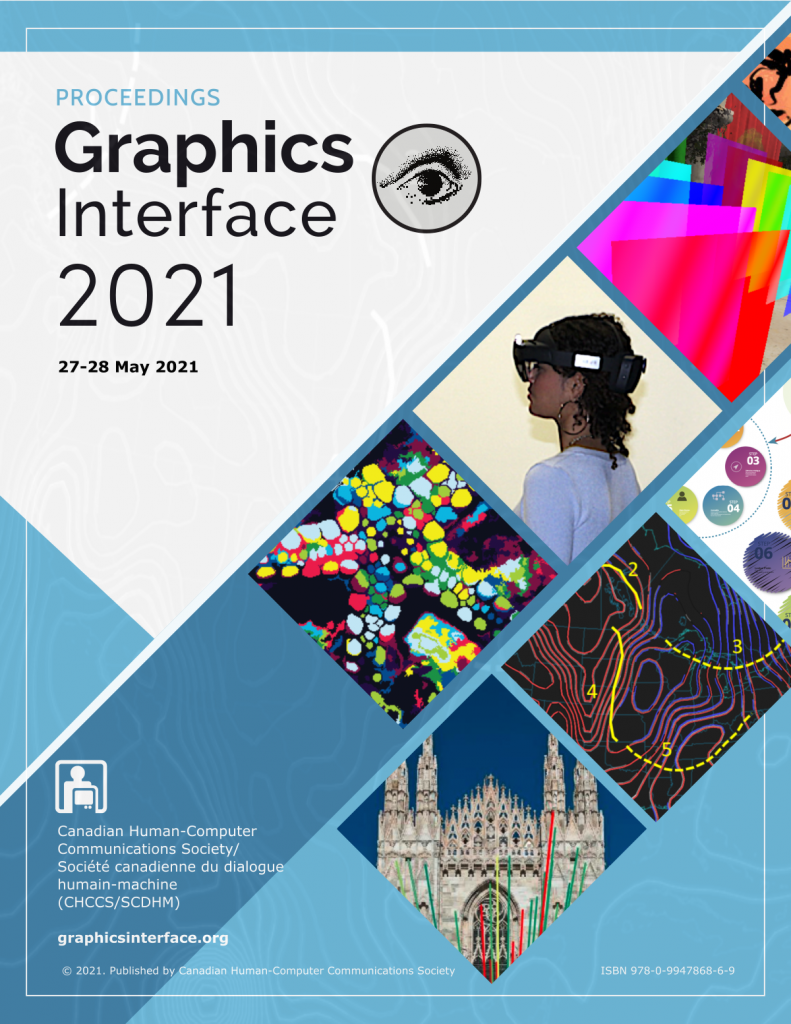Video
BibTex
@inproceedings{Zahan:2021:10.20380/GI2021.31,
author = {Zahan, Gazi Md. Hasnat and Mondal, Debajyoti and Gutwin, Carl},
title = {Contour Line Stylization to Visualize Multivariate Information},
booktitle = {Proceedings of Graphics Interface 2021},
series = {GI 2021},
year = {2021},
issn = {0713-5424},
isbn = {978-0-9947868-6-9},
location = {Virtual Event},
pages = {198 -- 201},
numpages = {10},
doi = {10.20380/GI2021.31},
publisher = {Canadian Information Processing Society},
}
Abstract
Contour plots are widely used in geospatial data visualization as they provide natural interpretation of information across spatial scales. To compare a geospatial attribute against others, contour plots for the base attribute (e.g., elevation) are often overlaid, blended, or examined side by side with other attributes (e.g., temperature or pressure). Such visual inspection is challenging since overlay and color blending both clutter the visualization, and a side-by-side arrangement requires users to mentally integrate the information from different plots. Therefore, these approaches become less efficient as the number of attributes grows. In this paper we examine the fundamental question of whether the base contour lines, which are already present in the map space, can be leveraged to visualize how other attributes relate to the base attribute. We present five different designs for stylizing contour lines, and investigate their interpretability using three crowdsourced studies. Our first two studies examined how contour width and number of contour intervals affect interpretability, using synthetic datasets where we controlled the underlying data distribution. We then compared the designs in a third study that used both synthetic and real-world meteorological data. Our studies show the effectiveness of stylizing contour lines to enrich the understanding of how different attributes relate to the reference contour plot, reveal trade-offs among design parameters, and provide designers with important insights into the factors that influence interpretability.





















































